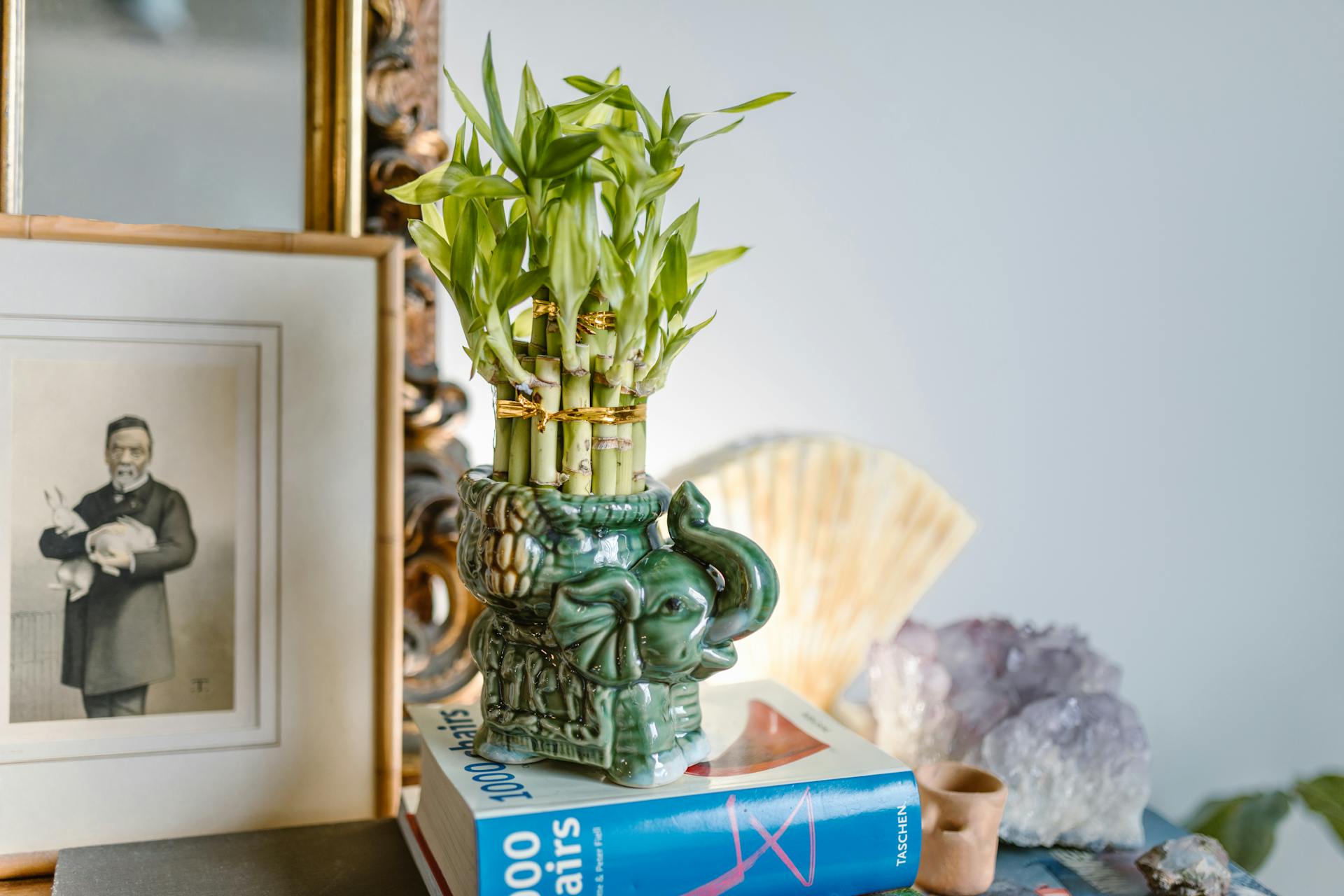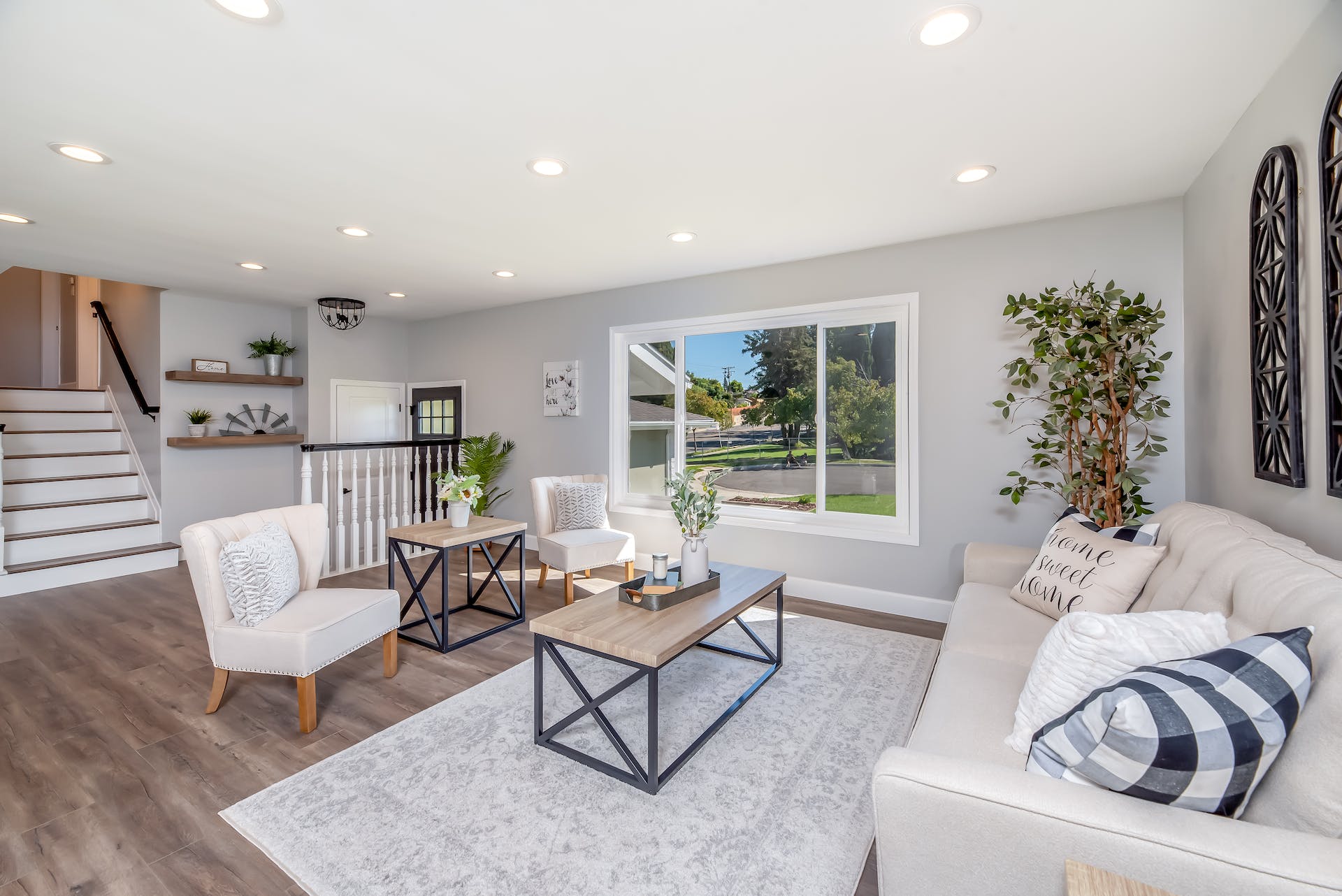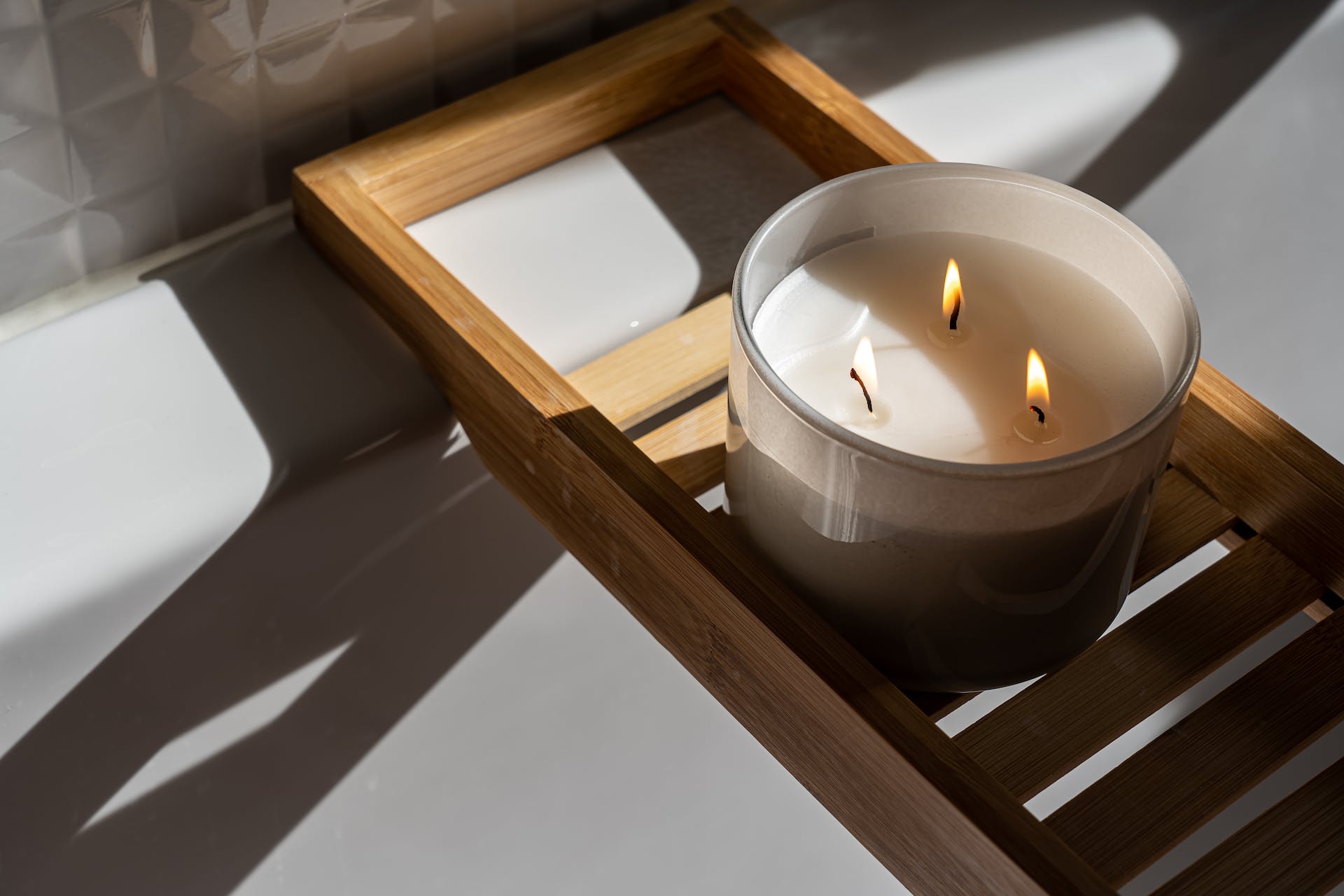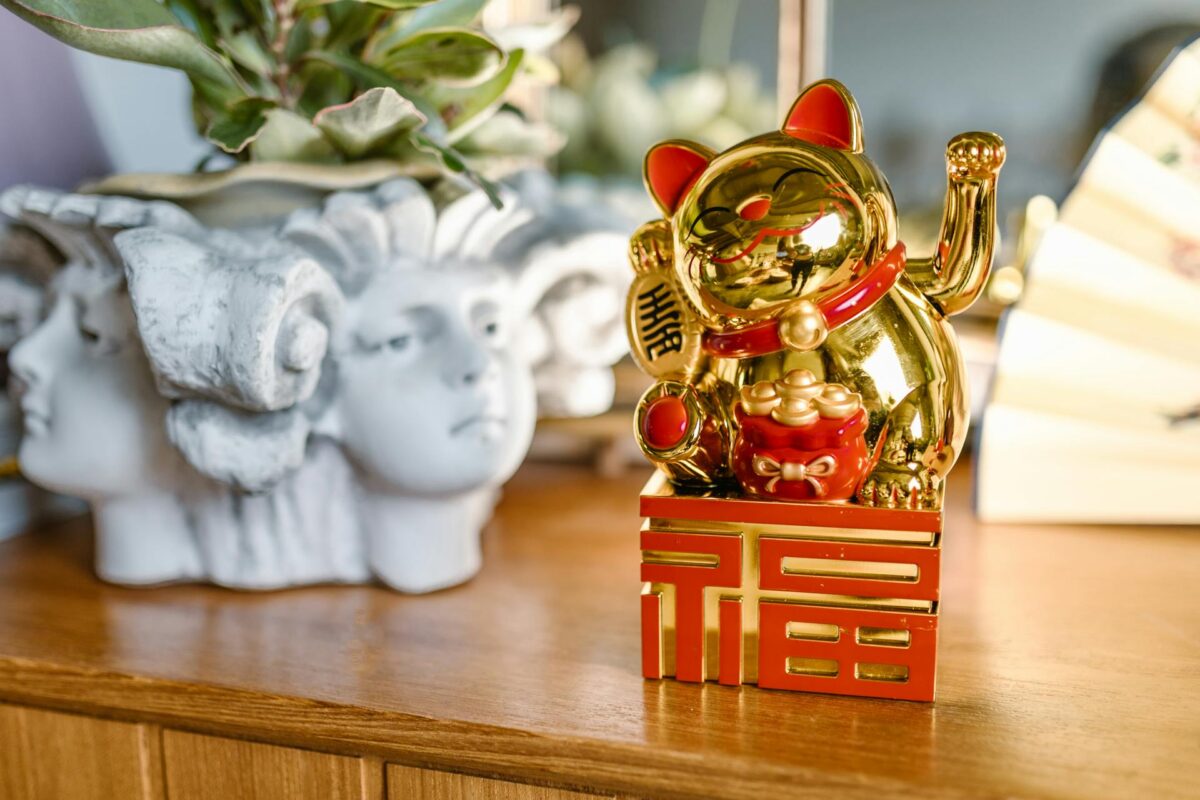Feng Shui at home is more than a design philosophy; it’s a way to enhance life’s harmony and energy. This ancient practice, rooted in balancing the elements and energies around us, has gained global recognition for its impact on living spaces. Integrating Feng Shui can transform your new house into a harmonious sanctuary as you prepare to move. This guide explores how Feng Shui’s wisdom can infuse positivity into your moving experience, creating a balanced and energized home.
Understanding the Basics: Feng Shui at Home
Feng Shui, a revered Chinese practice, serves as a guide to harmonizing individuals with their environments. This ancient technique, dating back millennia, is rooted in Taoist teachings that emphasize the significance of our surroundings in shaping our life’s energy, or Chi.
It’s not just about aesthetics; it’s about creating spaces that resonate with and enhance our inner well-being. Over the years, Feng Shui has evolved, but its core aim remains to balance and harness the energy in our living and working spaces for improved life quality.

At the heart of Feng Shui are the principles of Chi, Yin and Yang, and the Five Elements: wood, fire, earth, metal, and water. These elements represent different aspects of the natural world and are believed to influence the flow of energy in our surroundings. Understanding the interplay between these elements can create spaces that look visually pleasing and feel energetically balanced.
Preparing for the Move
When preparing for a move, the first and most crucial step in Feng Shui is decluttering. This process is deeply introspective, focusing on retaining items that evoke joy and positivity while letting go of those that no longer serve a purpose. This conscious decluttering creates space for new energy and opportunities, symbolizing a fresh start.
Cleaning and space clearing before moving are essential in Feng Shui. This deep cleaning creates a fresh slate for positive energy in your new home. If your move takes you to New York City, streamline the process by hiring full packing services in NYC, where pros can handle the packing. Timing also plays a significant role. It suggests selecting a moving date aligned with auspicious days in the lunar calendar to guarantee an easy relocation to your new home.
Designing Your New Space with Feng Shui
When setting up your new home, the furniture arrangement is vital for optimal Chi flow. The positioning of furniture should encourage ease of movement and a welcoming atmosphere.
For instance, positioning your sofa and chairs in a conversational layout facilitates social interactions and allows energy to circulate effectively. Similarly, ensuring a clear view of the entrance from major seating areas can make the space more inviting and secure.

Also, color choices and elemental placement in each room play a significant role in Feng Shui at home. The Bagua map, a tool, guides the use of colors and elements in specific areas of your home to enhance different aspects of your life.
For example, cool blues in the bedroom can foster relaxation and calmness, while earth tones in the living area can create a grounded, stable environment. The presence of natural light and good air circulation are equally important, as these elements bring vitality and freshness into your living space.
Incorporating Feng Shui in Different Rooms
Bedroom and Living Room
The bedroom in Feng Shui is a sanctuary for rest and rejuvenation. The placement of the bed is critical; it should offer a clear view of the door but not be directly in line with it to avoid the direct flow of Chi over the bed.
Soft, calming colors and a minimalist approach to electronics promote a restful atmosphere. In contrast, the living room should encourage interaction and activity. Here, the use of colors and the thoughtful arrangement of furniture can stimulate conversation and movement.
Home Office
Creating a balanced and productive workspace is crucial for those working from home. Positioning the desk to face the door or a window can enhance focus and invite positive energy. Clear organization of work materials aids in reducing stress and maintaining mental clarity.
Balancing the five elements in each room is essential to create a cohesive energy flow. For example, incorporating a water feature in the living area can bring calmness, while adding metallic accents in the office can stimulate mental agility.
Overcoming Common Challenges
Adapting Feng Shui in smaller or unconventional spaces often requires creative solutions. Mirrors, for example, can be strategically placed to create a sense of expansiveness and to reflect light into darker corners. Furniture that serves multiple purposes can help in maintaining an uncluttered and open environment, which is essential for good energy flow.
Blending modern design with traditional Feng Shui can sometimes be challenging, but it’s certainly achievable. The key is to maintain simplicity and balance, using natural materials where possible.
It’s also important to avoid common Feng Shui missteps, such as placing mirrors directly facing the bed, disrupting sleep, or overloading a room with one element, creating an imbalanced energy.
Personalizing Your Space
Incorporating personal items and heirlooms into your home’s design can significantly enhance its Feng Shui. These items carry your energy and history, adding depth and character to your space.
It’s important to place these items thoughtfully, ensuring they contribute to the room’s overall harmony and balance. Your aesthetic can be seamlessly integrated with Feng Shui principles, creating an energetically balanced space and stylistically yours.
Encouraging family members to contribute to this process makes the space reflective of everyone’s energy and style. This collective effort creates a sense of unity and belonging, which is important for a harmonious home environment.
Maintaining Positive Energy
Regular practices are essential to keep the positive energy in your home flowing. This includes maintaining cleanliness, periodically decluttering, and ensuring that the arrangement of furniture and décor remains in harmony with the space’s energy. These practices help sustain the home’s balance and vitality.

Adjusting your space with the changing seasons can also help maintain energetic balance. This might involve rearranging furniture to suit the season’s energy or changing décor elements to reflect the outside world. Finally, consulting an expert can provide tailored advice and solutions for more complex spatial issues or to refine your home’s energy flow.
Final Words
Integrating Feng Shui at home significantly enhances the moving experience and home design. These timeless principles create aesthetically pleasing spaces and foster a harmonious environment. Apply these Feng Shui tips and transform your living space into a balanced and positive haven.
Author’s Bio:

Emily Johnson, an expert in moving and a certified Feng Shui consultant, works at Green Harmony Living. Her passion lies in creating balanced, harmonious living spaces. She believes in the transformative power of Feng Shui for a balanced life.
